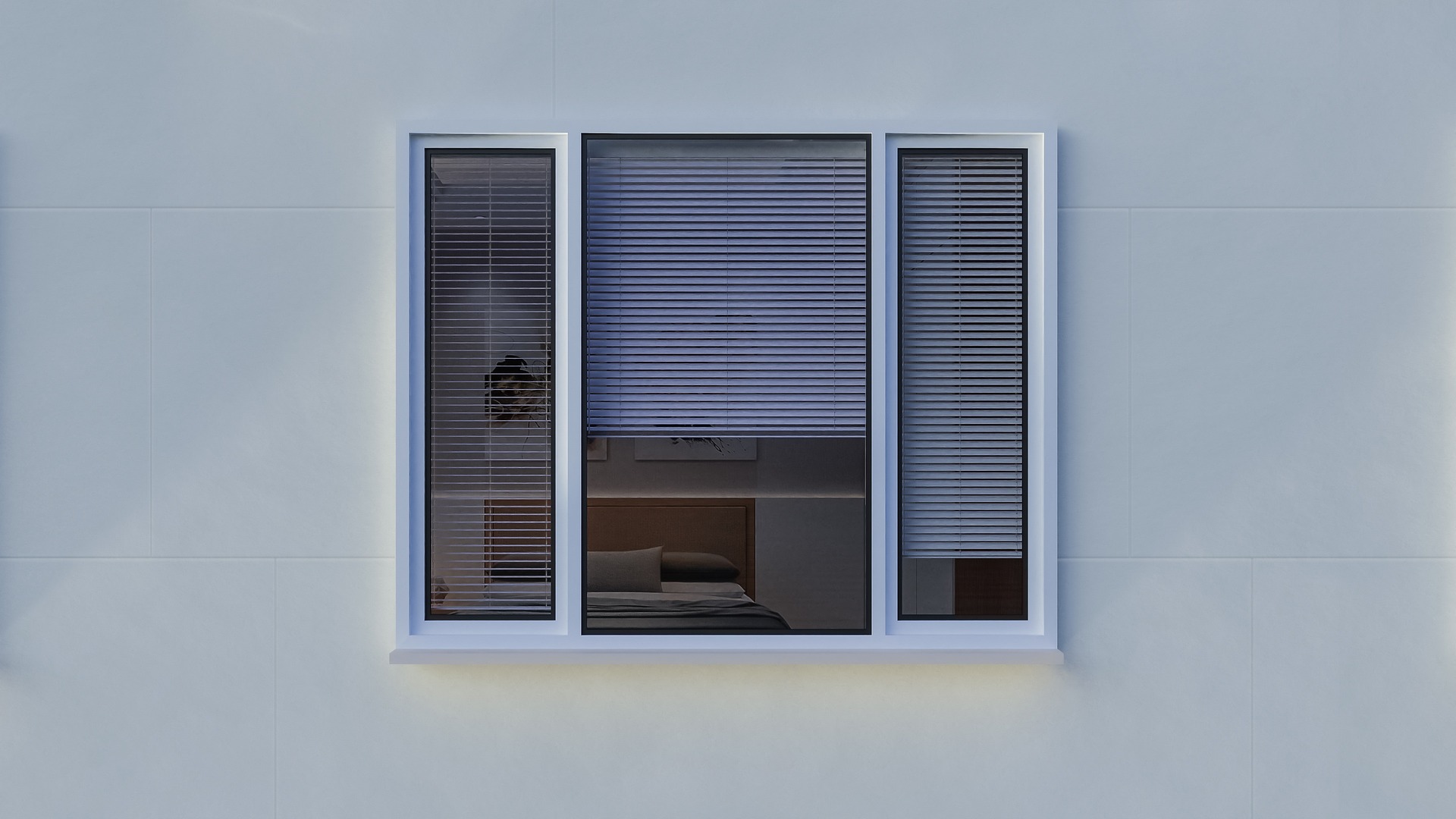Read tips for selecting interior design styles
Choosing the right interior design style can transform your living space into a reflection of your personality and lifestyle. With countless design approaches available, from minimalist modern to rustic farmhouse, the selection process might feel overwhelming. Understanding key factors like your personal preferences, home architecture, and functional needs will guide you toward making informed decisions that create spaces you'll love for years to come.

Selecting an interior design style involves more than following current trends. Your choice should reflect your lifestyle, complement your home’s architecture, and create a cohesive environment that serves your daily needs. The right design approach balances aesthetics with functionality while expressing your unique taste and preferences.
Discover Diverse Design Materials for Your Space
Material selection forms the foundation of any successful interior design project. Natural materials like hardwood flooring, stone countertops, and linen fabrics create timeless appeal and durability. Synthetic options such as laminate, quartz, and microfiber offer practical benefits including stain resistance and lower maintenance requirements. Consider mixing textures and materials to add visual interest – combining smooth marble with rough-hewn wood or soft velvet with sleek metal creates dynamic contrast. When evaluating materials, factor in your household’s activity level, climate conditions, and long-term maintenance preferences.
Understand Effective Layout Strategies
Room layout directly impacts how you experience and use your space. Start by identifying traffic patterns and focal points within each room. Arrange furniture to promote conversation in living areas while ensuring clear pathways for movement. The rule of thirds applies to interior design – avoid pushing all furniture against walls and instead create intimate groupings that encourage interaction. Consider the room’s natural light sources and architectural features when positioning key pieces. Effective layouts also incorporate negative space, allowing rooms to breathe rather than feeling cluttered or cramped.
Explore Color Palette Options
Color psychology plays a significant role in creating desired moods and atmospheres. Cool tones like blues and greens promote relaxation and work well in bedrooms and bathrooms. Warm colors such as reds, oranges, and yellows energize spaces and suit social areas like kitchens and dining rooms. Neutral palettes provide versatility and longevity, serving as backdrops for colorful accessories and artwork. When selecting colors, consider natural light exposure throughout the day – north-facing rooms benefit from warmer tones while south-facing spaces can handle cooler hues. Test paint colors in different lighting conditions before making final decisions.
Tailor Interiors to Your Taste
Personalization transforms generic spaces into homes that truly reflect your identity. Start by identifying elements that resonate with you – perhaps you’re drawn to clean lines and minimal ornamentation, or you prefer ornate details and rich textures. Create inspiration boards featuring images, fabrics, and objects that appeal to you, then look for common themes and patterns. Consider your lifestyle needs alongside aesthetic preferences. If you entertain frequently, prioritize durable materials and flexible seating arrangements. Pet owners should choose scratch-resistant surfaces and easy-to-clean fabrics.
Create Functional and Harmonious Spaces
Successful interior design balances beauty with practicality. Each room should serve its intended purpose while contributing to the home’s overall aesthetic flow. Establish consistent elements throughout your space – perhaps repeating certain colors, materials, or design motifs – to create visual continuity. Storage solutions should integrate seamlessly with your design style rather than appearing as afterthoughts. Consider how each space connects to adjacent areas and ensure smooth transitions between rooms. Lighting layers – combining ambient, task, and accent lighting – enhance both functionality and atmosphere.
| Service Type | Provider | Cost Estimation |
|---|---|---|
| Full Room Design | Local Interior Designers | $2,000 - $8,000 |
| Design Consultation | Independent Consultants | $100 - $300 per hour |
| Virtual Design Services | Online Platforms | $300 - $1,500 per room |
| Furniture Selection | Retail Design Services | $500 - $2,000 |
| Color Consultation | Paint Store Specialists | $150 - $500 |
Prices, rates, or cost estimates mentioned in this article are based on the latest available information but may change over time. Independent research is advised before making financial decisions.
Selecting the right interior design style requires careful consideration of multiple factors including personal preferences, practical needs, and budget constraints. Take time to explore different approaches and gather inspiration from various sources before committing to major changes. Remember that good design evolves over time – start with foundational elements and gradually add personal touches that reflect your growing understanding of what works best in your space. The most successful interiors combine thoughtful planning with authentic personal expression, creating environments that support and enhance daily life.


